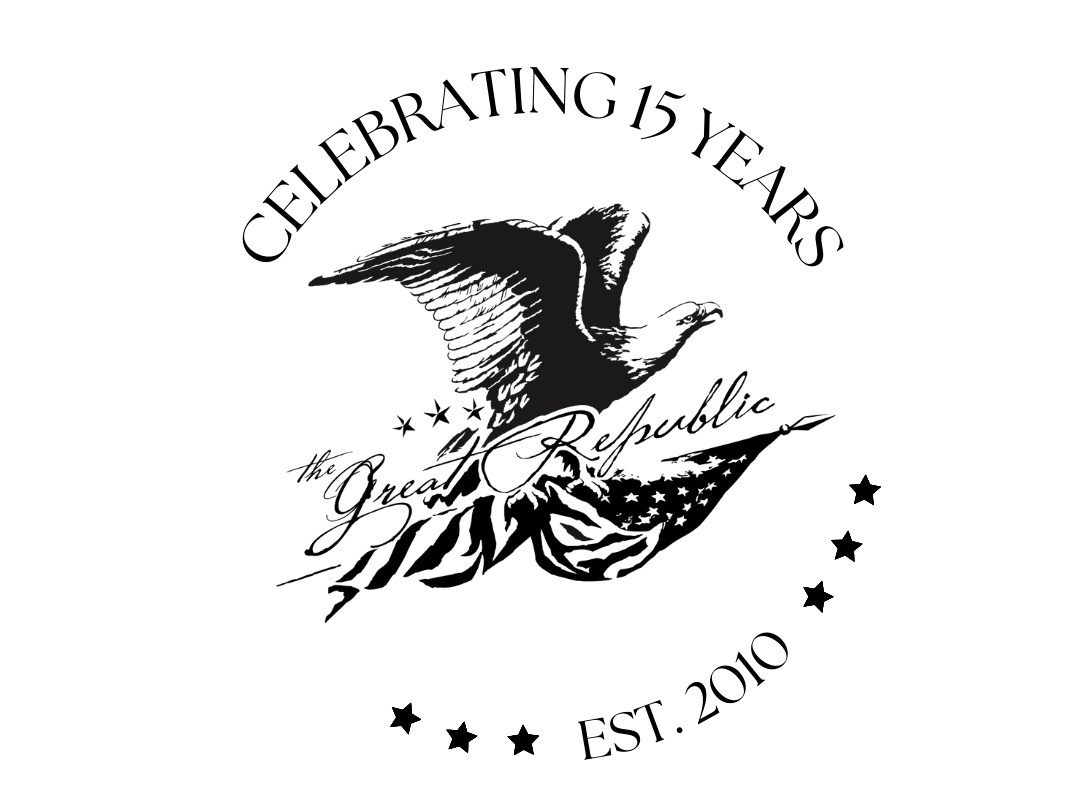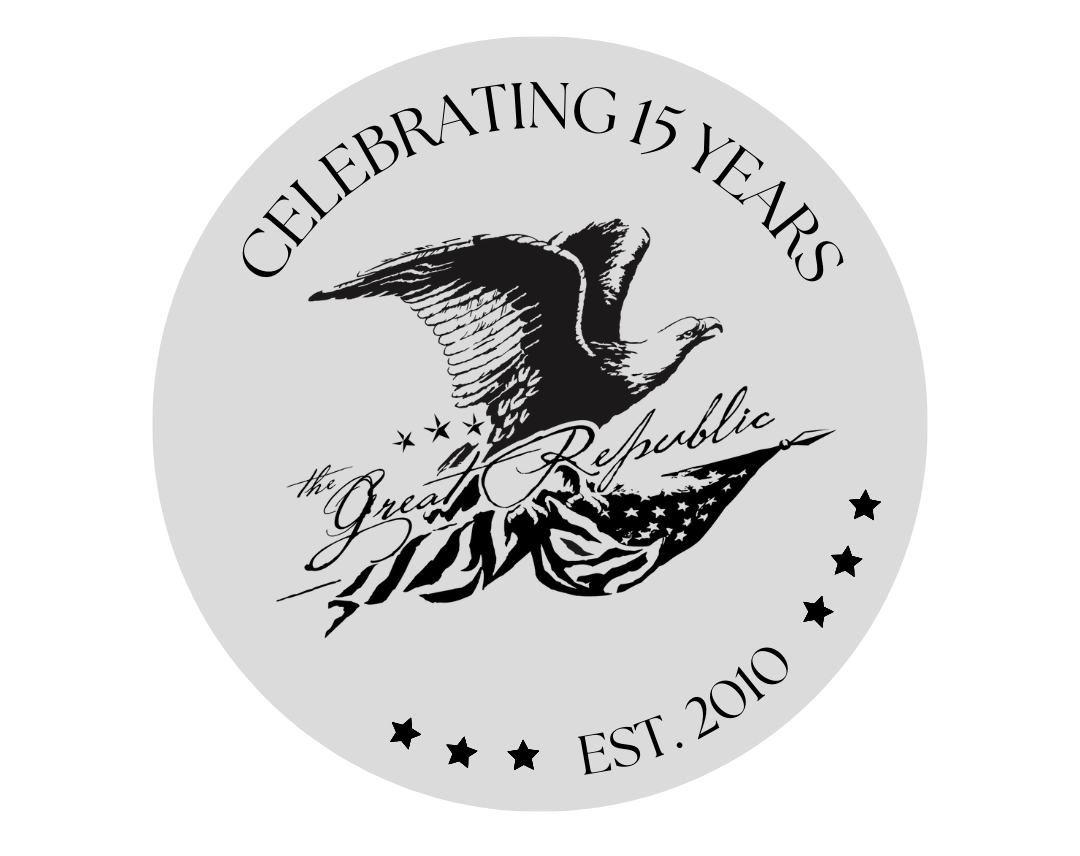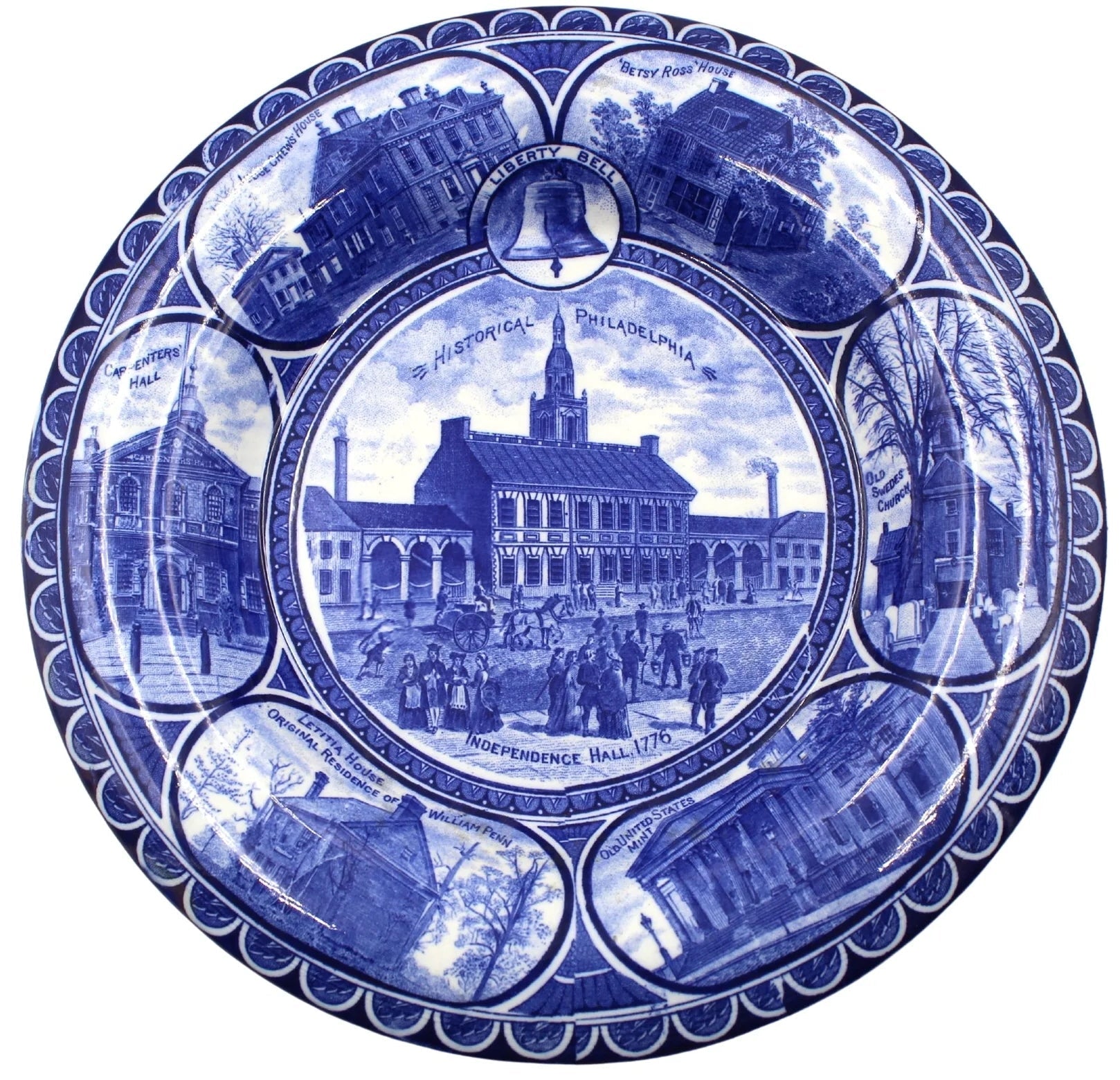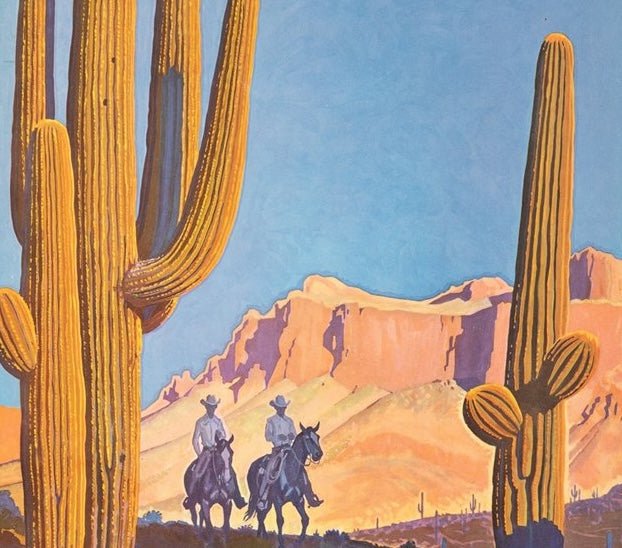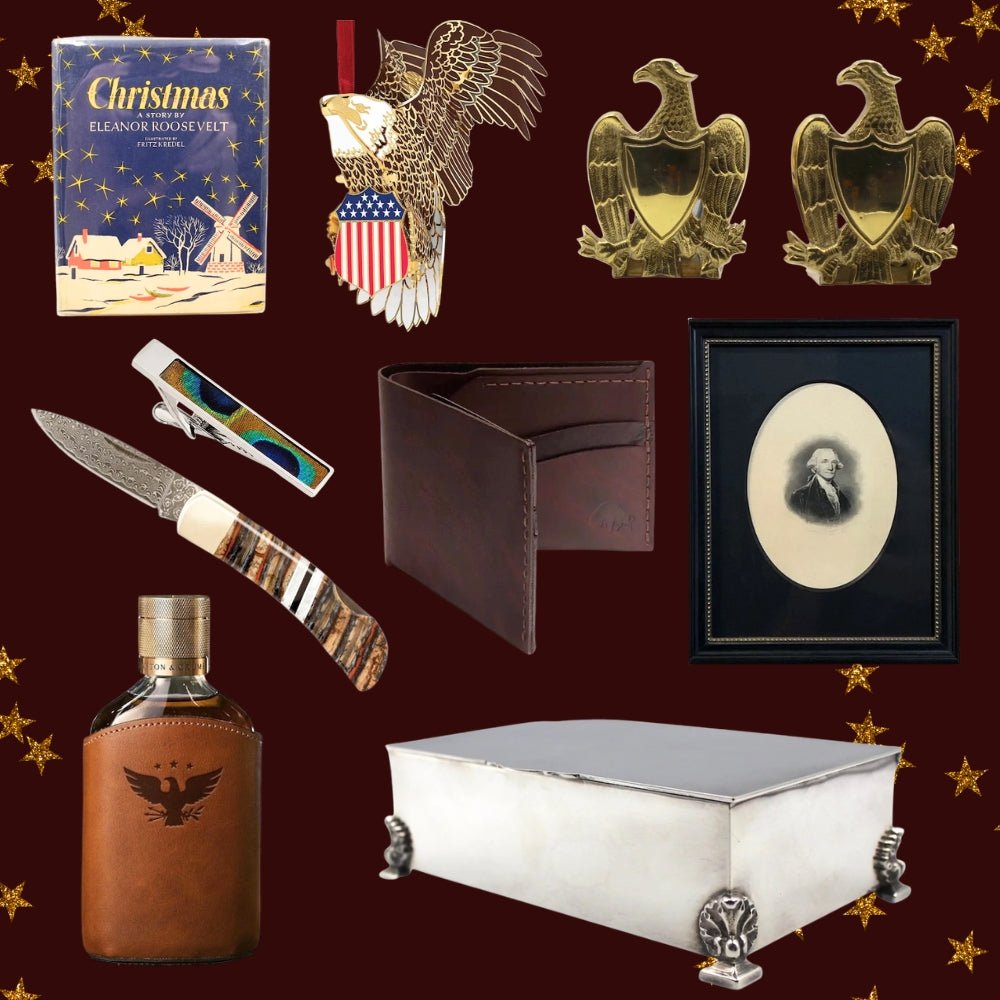Gettysburg Immortalized
Hanging on our Colorado shop walls is an 1876 engraving titled "Gettysburg. The Repulse of Longstreet’s Assault," based on the original painting by James Walker, meticulously researched by photographer and topographer John B. Bachelder. The scene captures the climactic moment of the final day of the Battle of Gettysburg. Originally painted in 1870, Walker’s artwork was engraved by H. B. Hall Jr. and published by James Drummond Ball the same year as the nation’s Centennial.
The engraving offers a sweeping view from the rear of the Union lines, encompassing much of the battlefield, from Big Round Top on the left to the northern reaches of Cemetery Ridge on the right. In the distant background, partially veiled by exploding shells, are the Confederate lines at Seminary Ridge. The image centers on the main Confederate assault, in the vicinity of what today are known as "The Copse" and "The Bloody Angle."
The composition resembles a classic triptych. General Meade and his officers dominate the center, flanked on either side by artillery advancing into the fray. The scene is set against the whirlwind of battle, with Union units rushing forward to meet the Confederate advance, and dead and wounded men, horses, and the debris of battle scattered on the field.
Bachelder, deeply committed to historical accuracy, conducted extensive research for this depiction. He consulted both Union and Confederate veterans and studied the landscape firsthand. His collaboration with James Walker aimed to immortalize the battle, just as Emanuel Leutze’s Washington Crossing the Delaware had eternalized Washington’s famous nighttime crossing. Upon completion, several officers who fought at Gettysburg praised the painting’s fidelity. Even Confederate General James Longstreet described it as a “fair and complete representation of that eventful scene.”
Shortly after the painting’s unveiling, Bachelder ensured its legacy by commissioning a detailed engraving of the scene. His research efforts, paired with Walker’s artistry, shaped how generations of Americans would come to visualize and remember Gettysburg.
Shop more Civil War collectibles and memorabilia:
Civil War Union Officer's Sword Belt Buckle
This rectangular sword belt plate bearing the Arms of the United States was introduced in 1851 as the regulation buckle for Officers and for enlisted men armed with swords. The central motif is an eagle with an American shield on its chest, clutching arrows and an olive branch, surrounded by stars overhead and wreath below. A ribbon flows from the eagle’s beak, emblazoned with the motto “E Pluribus Unum,” which means "out of many, one.”
The Photographic History of the Civil War in Ten Volumes, Edited by Francis Trevelyan Miller, 1912
This is an important 10-volume photographic history of the Civil War, edited by Francis Trevelyan Miller. The set was first published in 1911, the 50 year anniversary of the start of the Civil War. This 1912 edition contains “thousands of scenes photographed 1861-65, with text by many special authorities.” This mammoth work contains written contributions from over 39 academics, writers, veteran officers of both Union and Confederate forces, and President William H. Taft.
"Wounded to the Rear. One More Shot" Civil War Plaster Sculpture by John Rogers
As John Rogers described this original plaster work, “Two wounded soldiers have been ordered to the rear during a battle, but one of them is taking out a cartridge to load up again, determined to have one more shot before leaving." Plaster sculptures of "One More Shot" went on sale in November 1864, and gained popularity with veterans of the war and their families, due to its depiction of the tenacity of soldiers. It was so popular that it remained in Rogers’ sales catalogs until the end of his career.
"The Army of the Potomac" Civil War-Era Lithograph by John Bachelder, Circa 1863
Another excellent Civil War print by Bachelder, executed with precision and detail, showing the Army of the Potomac crossing Bear Creek, in Virginia, on June 29th, 1862. General John Caldwell wrote in early 1863: "At Fair Oaks, Virginia, I frequently met Mr. Bachelder, at that time making sketches of various phases of the Battle of Seven Pines and Fair Oaks. Several of the sketches were shown to me, and I think them by far the most accurate of any I have ever seen."
